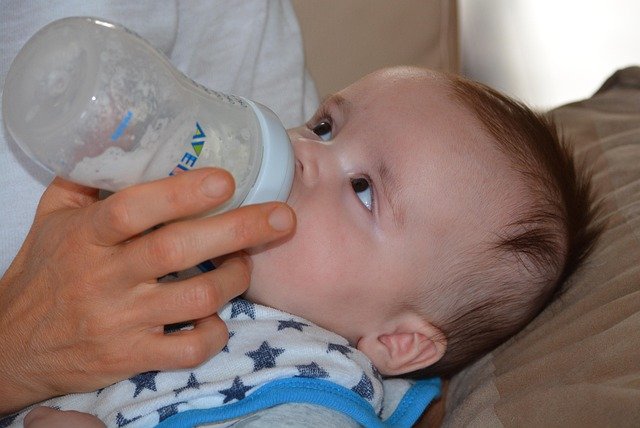The pressure is real
From the moment you announce a pregnancy, advice pours in especially around feeding. Some say “breast is best.” Others push formula as freedom. The reality? Fed is best. What matters most is that your baby is nourished and you feel supported.
This post breaks down pros, challenges, and real-life considerations for both approaches so you can make a choice that fits your family.
Breastfeeding: the natural, not-always-easy path
Pros
- Antibodies + immune support built into breastmilk
- Free and always available
- Promotes bonding through skin-to-skin contact
- May reduce certain long-term health risks for baby and parent
Challenges
- Latch problems (common in first weeks)
- Pain, cracked nipples, engorgement, or mastitis
- Feeding every 2–3 hours, around the clock
- Supply stress especially if you return to work quickly
- Not every parent produces enough milk, even with support
💡 Florida resources: IBCLCs (board-certified lactation consultants) are available at Baptist Health South Florida, Nicklaus Children’s Hospital, and through groups like Mamalactea and The Milk Collective in Miami/Ft. Lauderdale.
Bottle & Formula Feeding: freedom with a price tag
Pros
- Shared responsibility—partners, grandparents, and caregivers can feed
- Flexible, especially for parents returning to work
- Lets you monitor exact ounces consumed
- Babies usually feed less often (formula digests slower than breast milk)
Challenges
- Formula can be expensive (average $70–$150/month)
- Prepping, cleaning bottles, and late-night sterilizing
- Some babies have sensitivities requiring formula changes
- Less “built-in” immunity—though modern formulas are safe and highly regulated
💡 Local tip: Some South Florida pediatric practices partner with formula brands and may provide free samples—worth asking at your first visits.
Pumping & Combo Feeding: the middle road
A growing number of families do both.
- Exclusively pumping: Great for parents who want breast milk benefits without direct nursing. Requires dedication to a pump schedule.
- Combo feeding: Nursing + formula = flexibility, especially for working parents or those facing supply dips.
South Florida parents often use insurance-covered breast pumps from shops like The Breastfeeding Shop, plus local IBCLC-guided pumping plans.
Questions to guide your decision
- What’s realistic for my work/life balance?
- Do I have access to lactation support if I want to breastfeed?
- Do I have childcare help who can take shifts?
- How do I feel emotionally about each option?
- Does my baby show any sensitivities so far?
Busting common myths
- ❌ “Formula is harmful.” → Modern formulas are FDA-regulated and safe.
- ❌ “Breastfeeding should be painless.” → Some discomfort is normal; persistent pain signals latch issues.
- ❌ “You can’t switch later.” → Families often change feeding methods as circumstances evolve.
A parent’s takeaway
Whether it’s nursing at a park in Miami, pumping at a co-working space, or preparing a bottle on a Boca Raton beach day there’s no “wrong.” The best feeding choice is the one that keeps your baby growing and you thriving.




1 Comment
Mila
I sadly didn’t produce too much milk so I had to start formula and thought it was going to harm him somehow but theres no right or wrong… We got this 🙂